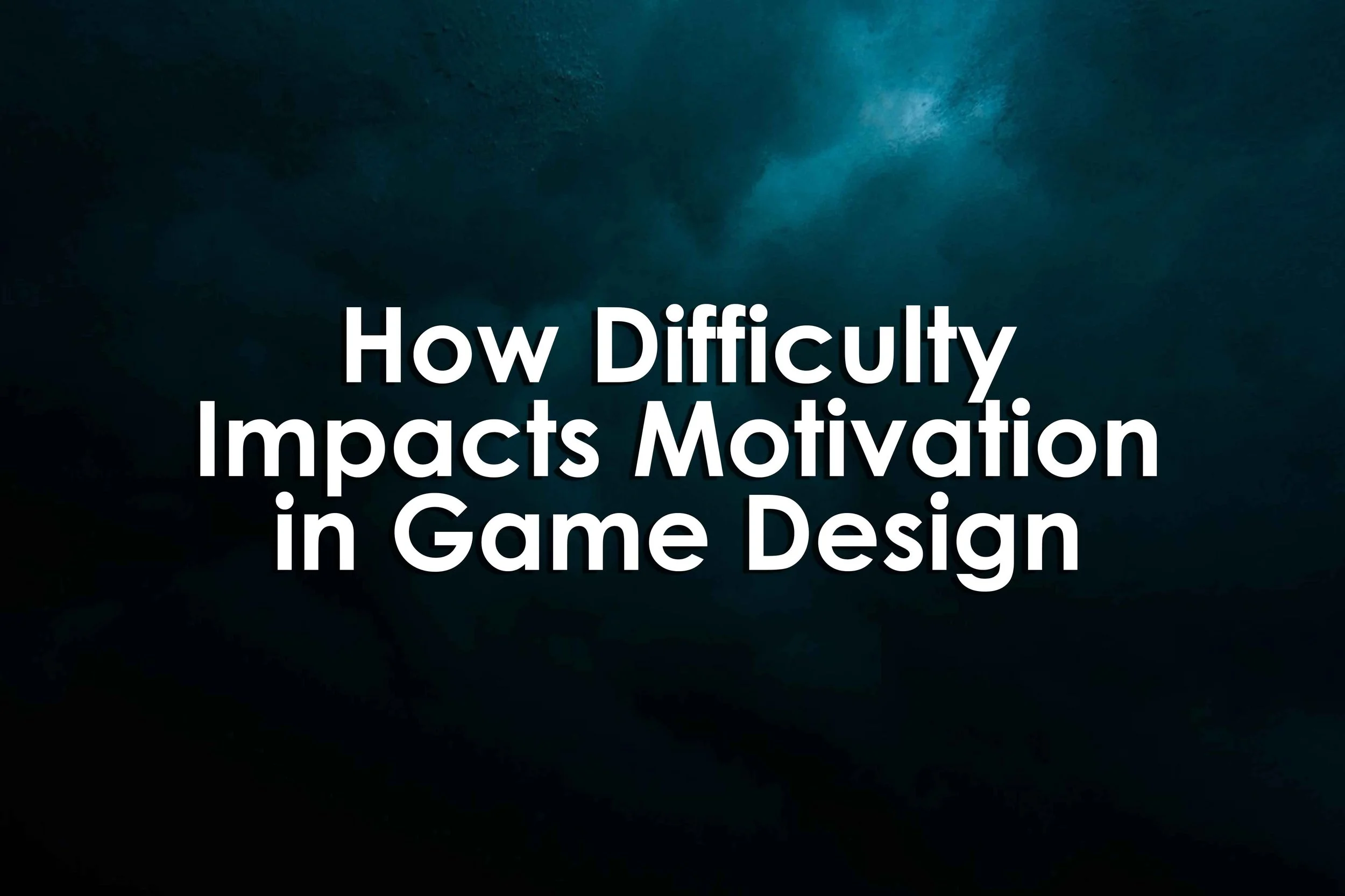How Difficulty Impacts Motivation in Game Design
How Difficulty Impacts Motivation in Game Design
How Difficulty Impacts Motivation in Game Design
By Josh Bycer
August 10, 2015
Summary
For today's post, I want to expand more on this and talk about what difficulty and the experience mean from the consumer's POV. Reasons for Playing If you've studied game design at all, the Bartle player type chart has probably been discussed.
Achievers: Players who are interested in completing a game and conquering challenges that the game presents itself, oftentimes PVE-focused.
Regardless, understanding player motivation and psychology is something very important to game designers, because this is the first real question you need to answer after figuring out your core gameplay loop: who is this game for? That one question will impact everything from the design and systems to your marketing and PR. I feel one area that Celeste slipped up in was the messaging for the intended audience.
The Motivation of Play Regardless of who you are aiming your game at, there is a basic aspect of what motivates someone to play video games: Progress.
Changing the difficulty after playing the game is a lot harder to motivate someone to do; especially if it requires them to leave the game to do so.
In a follow-up post, I want to expand on this more and why the best difficulty modifiers - making a game easier or harder - occur from within the game space.
There is a difference between feeling like the game is challenging you vs. fighting a poor UI or UX that are making it frustrating to even begin to play the game.
Reference
Bycer, J. (2021, August 10). How difficulty impacts motivation in game design. Retrieved October 19, 2021, from https://www.gamedeveloper.com/design/how-difficulty-impacts-motivation-in-game-design


